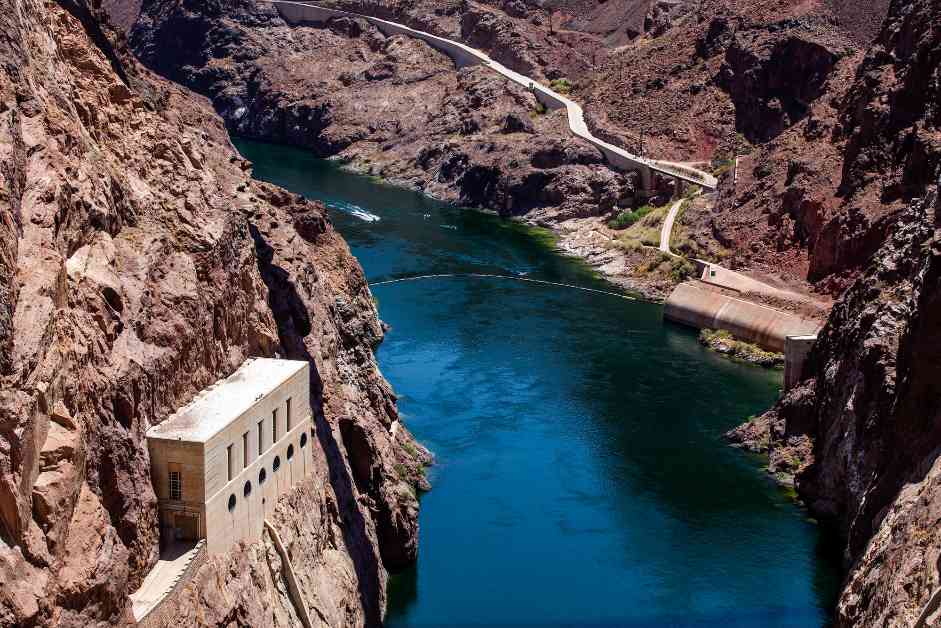Arizona, Nevada, and Mexico will face continued water cuts from the Colorado River in 2025, maintaining the status quo set by the U.S. government’s recent announcement. These reductions will impact the 40 million people reliant on the river, highlighting the long-term challenges faced by those who depend on this vital water source.
The Colorado River, spanning 1,450 miles and supplying water to cities, farms, and communities in seven Western states and northern Mexico, is facing significant threats due to years of overuse, rising temperatures, and prolonged drought. This has led to decreased water flow in the river compared to previous decades, putting strain on the region’s water resources.
The Interior Department determines water availability for the upcoming year based on water levels at Lake Mead, a key reservoir on the Colorado River. The latest announcement revealed that Arizona will experience an 18% reduction in its total Colorado River allocation, while Mexico will see a 5% decrease. Nevada, which receives less water compared to other states and Mexico, will maintain a 7% cut in its allocation.
These cuts fall under the “Tier 1” category, mirroring the reductions implemented in 2022 and 2023, which intensified the water crisis on the Colorado River. Arizona’s farmers were particularly impacted by the previous cutbacks, underscoring the challenges faced by agricultural communities in the region.
Despite these challenges, recent efforts to conserve water in Arizona, California, and Nevada have shown some improvement in the short-term outlook for Lake Mead and Lake Powell. The two reservoirs are currently at 37% capacity, thanks to increased rainfall and water-saving initiatives implemented by the states.
Officials praised the ongoing conservation efforts by Arizona, California, and Nevada, which are set to continue until 2026 with federal support. These efforts aim to alleviate pressure on the Colorado River system and ensure sustainable water management in the region. Additionally, negotiations are underway among states, tribes, and stakeholders to determine water-sharing agreements post-2026, when existing guidelines governing the river will expire.
Tom Buschatzke, director of Arizona’s Department of Water Resources and lead negotiator in the talks, emphasized the commitment of Arizonans to conservation efforts, stating that “future conditions are likely to continue to force hard decisions” regarding water usage and allocation.
In conclusion, the challenges facing the Colorado River underscore the importance of sustainable water management practices and collaborative efforts among stakeholders to ensure the long-term health and viability of this critical water source for the Western United States and northern Mexico.



